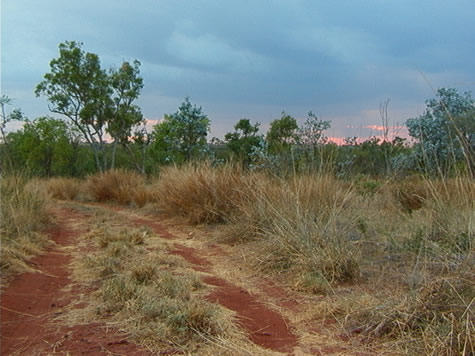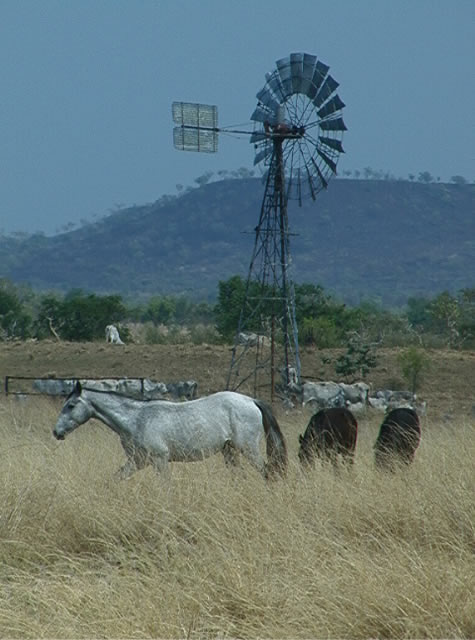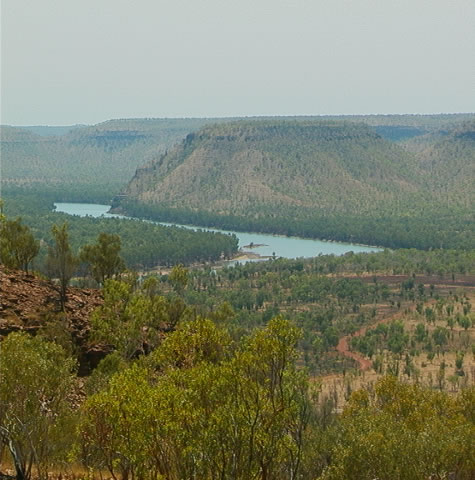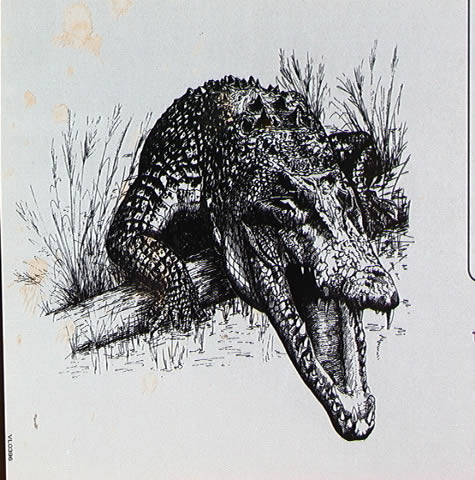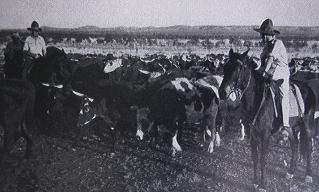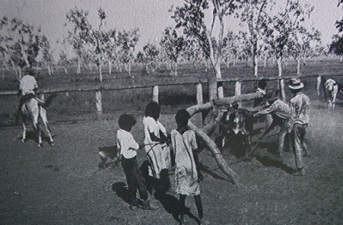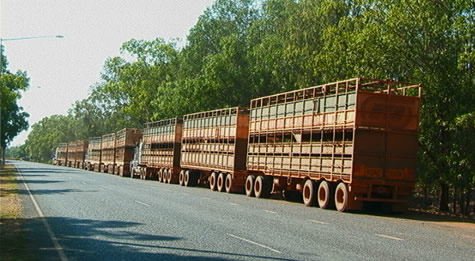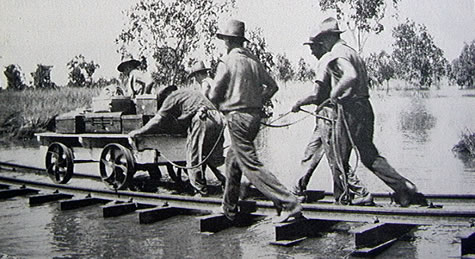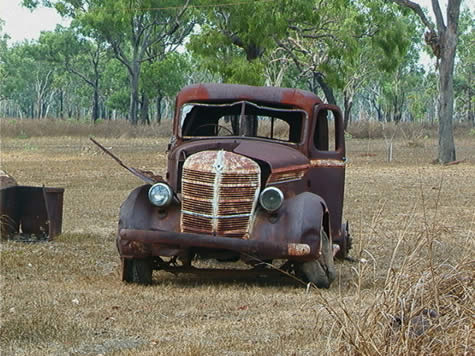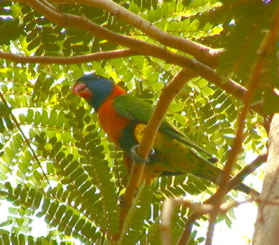The Story of Daguragu
THEME: Road to Victoria River District
SUBJECT AREAS: History
TOPIC: The Story of Daguragu
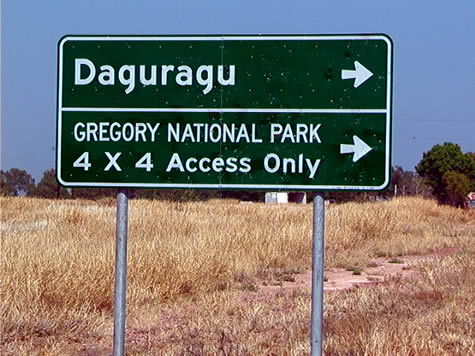
Today we rode into Kalkarindji, which is a landmark town for the group and me. It signifies an end to long straight tracks, for a while at least, and also it is a landmark because of the Victoria River flowing through it. The Victoria River means, to me, that we are coming up north and have made some progress. Also, Kalkarindji is near a section of Aboriginal land called Daguragu. Here is the story of Daguragu….
In the 1960’s aboriginal stockmen received low wages and very little benefits from the cattle stations they were working on – compared to the white stockmen. Stations would employ a large workforce of aborigines because it would keep costs to a minimum.
Vincent Langiari, a stockman on the huge Wave Hill station, was concerned with the way Aboriginals were being treated. He applied to the North Australian Workers’ Union (NAWU) to help him. The NAWU got approval from the federal government that Aboriginal wages would be raised. It was 1966, and the raising of wages would not be in effect till 1968. Because of this, Lingiari asked Wave Hill station directly to raise wages. They refused and Lingiari and the aboriginal stockmen walked of the station on strike and camped in nearby Wattie Creek.
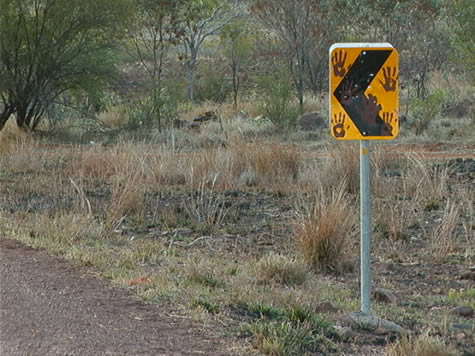
The Wattie creek camp gained a lot of local support, from both white and aboriginal people, and was made into a sizeable community with a degree of organisation. The Aboriginal stockmen eventually got their equal pay and would only work at the stations which gave them equal pay and better conditions.
After this, Lingiari felt he could achieve something more important, which was to give aboriginals title to their own land. He travelled far campaigning for land rights, and finally made progress with the Australian government in Canberra. On the 16 August 1975, Lingiari got to see the handing over of 3200 sq km of land, now known as Daguragu. Lingiari was awarded the Order of Australia Medal for Service to the Aboriginal people. He died at Daguragu in 1988.
I feel very privileged to have the opportunity to travel through Daguragu, and know the story behind it.
Suggested activities:
1.In your country, or any other, are there any stories you know of, or can find out about land rights and the native people of the land? Could you write this story down and share it with others?
2.Find out what a workers’ union is, and relate it back to this story. Why did Lingiari have to appeal to the North Australian Workers’ Union?
By,
Crister
